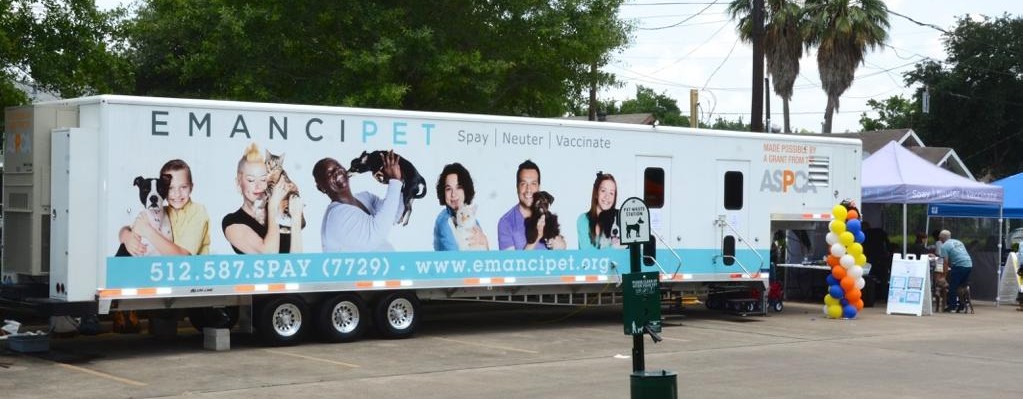Pet Rabies Shots come with their risks which should not be overlooked.
A rabies vaccine, like any other vaccines, can lead to several medical and behavioral reactions. If the dog’s immune system is not able to cope up and deal with the vaccine, there are chances of such reactions to occur. In certain cases, rabies vaccine for dogs may not always be effective and cause several side effects.
Side Effects of Rabies Vaccine for Dogs
Any pet rabies shots can potentially cause several side-effects in dogs. The rabies vaccination involves using a passive antibody by injecting human immune globulin along with a number of rabies vaccine shots. The injection shots are generally given through skin or muscle of a dog. After this vaccination process, there are certain expected side effects, which start showing after few hours of the rabies shot.
Below are some of the general side effects of pet rabies shots:
- Fever
- Facial Swelling
- Vomiting
- Lethargy
- Sneezing
- Decreased appetite
- Hives
- Swollen nymph nodes
In most of the cases, such reactions in the first few hours after the pet rabies shot are mild and one need not worry much about it. However, if the side effects get severe and there are other symptoms apart from the ones listed above, the dog should be brought back for an examination by the vet. If the dog has reacted adversely to the rabies vaccination, the vet should be able to advice certain immunizations which will prevent any other further severe reactions. \
Anaphylaxis
The most noted as well as visible symptoms of anaphylaxis include fast heartbeats, vomiting, diarrhoea, difficulty in respiration and face swelling. If any of the previous symptoms are severe, one should get the pet back to the vet at the earliest so that the epinephrine can be administered for instant relief from anaphylaxis.
Delayed Reactions seen in Dogs after Rabies Vaccine
After the rabies vaccination process, there are certain rare reactions and behavioural changes that may occur later. It is generally after a 1-2 weeks of rabies vaccine that these delayed side effects start appearing.
Medical Reactions:
- Auto-immune diseases
- Heart complications
- Excessive drooling
- Vision problems
- Hair loss
- Inflammatory bowel disease
- Paralysis of throat or tongue
- Periodontal disease
- Reverse sneezing
- Seizures, epilepsy, twitching
- Stomatitis
- Thyroid disease
- Aggression
- Separation anxiety
- Confusion
- Destructive behaviour
- Increased barking
- Enhanced sexual desire
- Suspicious
- Unaffectionate
- Restless & Irritated
These delayed side effects may not always connect back to rabies vaccine for dogs. There are other reasons for such medical and behavioural changes. However, one should not ignore and consult a vet if the reactions seem to be severe.




